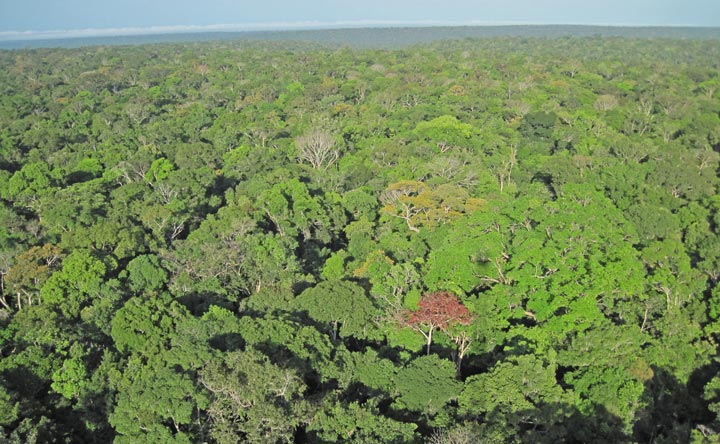Enzymes from nine organisms combined to create new pathway to use CO2
Ars Technica » Scientific Method 2016-11-18

Enlarge / Yeah, it's nice, and there's a lot of it, but it's horribly inefficient. (credit: Brookhaven National lab)
There's no question that humans are driving long-term changes in the amount of carbon in the atmosphere. But the human influence is taking place against a backdrop of natural carbon fluxes that are staggering in scale. Each year, for example, the amount of CO2 in the atmosphere cycles up and down by over a percent purely due to seasonal differences in plant growth.
The effectiveness of biological activity provides the hope that we could leverage it to help us pull some of our carbon back out of the atmosphere at an accelerated pace. But the incredible scale of biology hides a bit of an ugly secret: the individual enzymes and pathways that are used to incorporate CO2 into living organisms aren't that efficient. These pathways are also linked to a complex biochemistry inside the cell that doesn't always suit our purposes.
Fed up with waiting for life to evolve a solution to our industrialization problem, a German-Swiss team of researchers has decided to roll its own. In an astonishing bit of work, they've taken enzymes from nine different organisms in all three domains of life and used them to build and optimize a synthetic cycle that can use carbon dioxide with an efficiency 20 times that of the system used by plants.